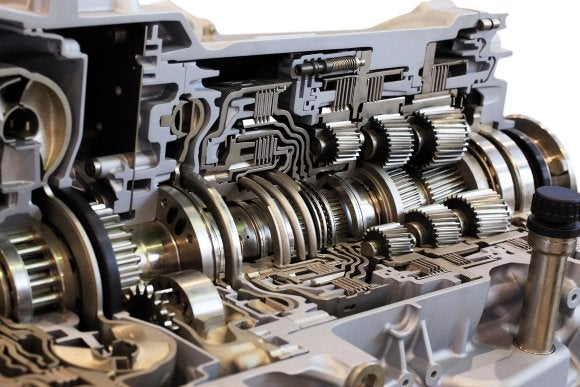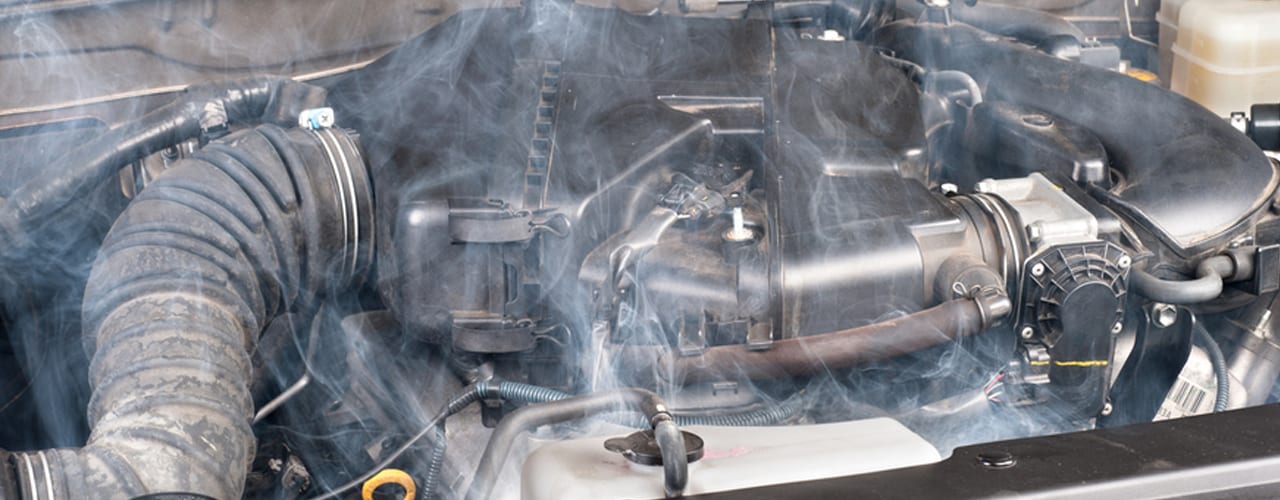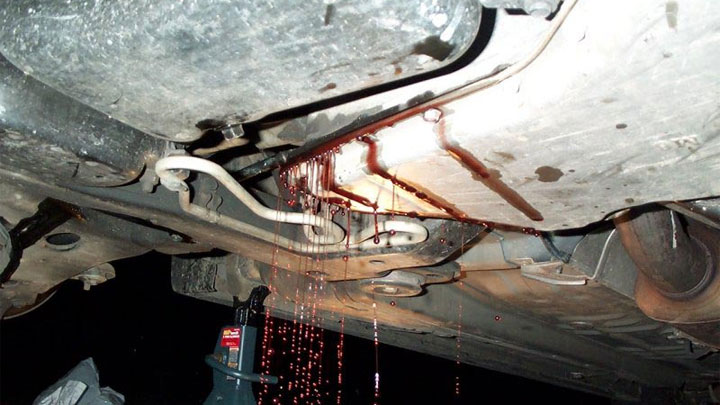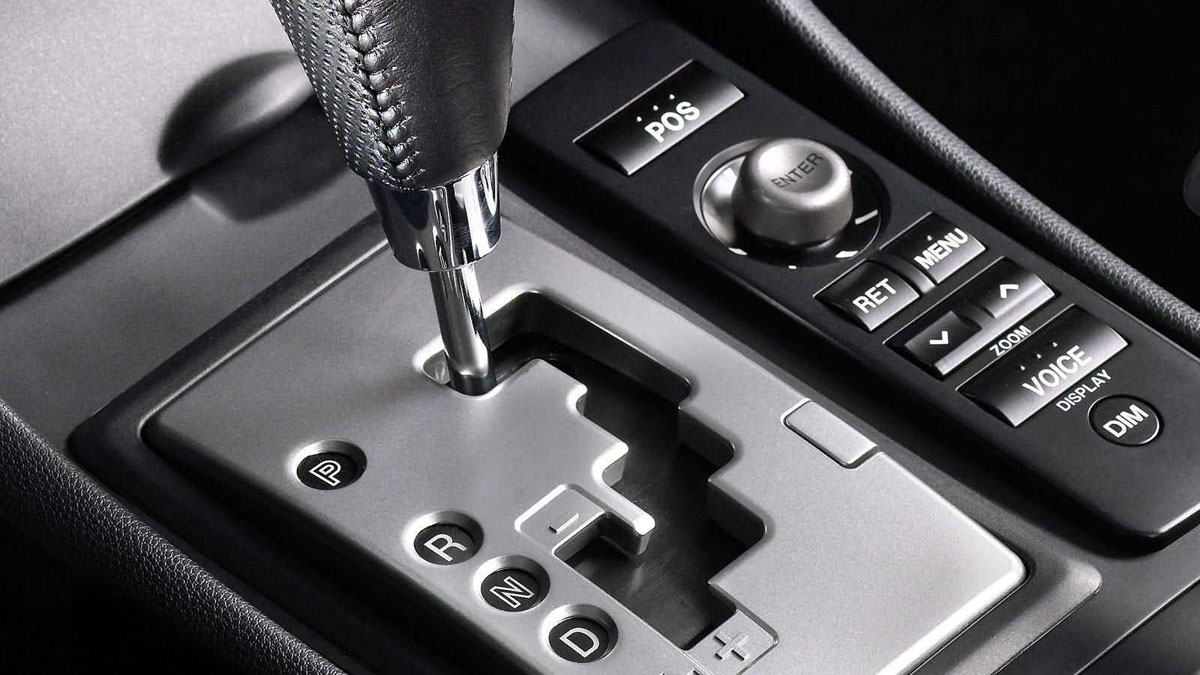Peterbilt 579 is a popular truck model equipped with an automatic transmission. However, like any other vehicle, it can experience transmission problems. Some common problems associated with automatic transmissions in Peterbilt 579 trucks include:
If you’re facing issues with your Peterbilt 579’s automatic transmission, common problems often include slipping gears, fluid leaks, and fault codes. Timely diagnosis and appropriate fixes, either DIY or professional, can save you from costly repairs down the line.
According to recent data, Peterbilt 579 holds a significant market share in the heavy-duty truck segment, accounting for approximately 15% of all heavy-duty trucks on the road today.
Importance of the Automatic Transmission System
The automatic transmission system in any truck, especially in a Peterbilt 579, is like the heart of the vehicle. It ensures that the engine operates within an optimal range of speed and power, providing both fuel efficiency and the performance needed for heavy loads. A well-functioning transmission system is crucial for the longevity and reliability of your truck.
Peterbilt Common Issues on Transmission
Common Peterbilt 579 Transmission Problems
Slipping Transmission Gear

This is when the transmission slips between gears or fails to shift gears at all. It can be caused by low transmission fluid, worn-out clutches, or other internal damages.
Delayed Engagement

This is when there is a delay between the driver shifting the transmission and the vehicle actually moving. This can be caused by low transmission fluid, worn-out clutches, or a faulty solenoid.
Transmission Overheating

Overheating can occur due to low transmission fluid, towing heavy loads, or driving in hilly areas. Overheating can cause significant damage to the transmission.
Transmission Fluid Leak

Leaking transmission fluid can lead to low fluid levels, which can cause the transmission to overheat or not function properly.
Transmission Warning Light

The transmission warning light may illuminate on the dashboard, indicating a problem with the transmission. This can be caused by various issues, including sensor problems, electrical issues, or mechanical problems.
Difficulty in Shifting Gears

Difficulty in shifting gears can be caused by a worn clutch, damaged gear synchros, or a faulty shift solenoid.
Noisy Transmission
A noisy transmission can be caused by low transmission fluid, worn-out clutches, or damaged gears.
7 Causes of Noisy Transmission
It is important to address these problems as soon as possible to avoid further damage to the transmission. Regular maintenance, including checking the transmission fluid level and changing the fluid at recommended intervals, can help prevent many of these problems.
If you are experiencing any of these issues, it is advisable to have a professional mechanic diagnose and repair the problem.
Solutions to the Peterbilt 579 Transmission Problems.
Slipping Transmission Gear
DIY Fix: Check the transmission fluid level and top it up if necessary.
Professional Fix: If topping up the fluid doesn’t work, you may need a transmission rebuild or replacement.
Delayed Engagement
DIY Fix: Again, check the transmission fluid level.
Professional Fix: If the problem persists, a mechanic may need to replace the transmission solenoids or clutches.
Transmission Overheating
DIY Fix: Stop the vehicle and let the transmission cool down. Check the fluid level.
Professional Fix: A complete transmission check may be necessary, including potentially installing a transmission cooler.
Transmission Fluid Leak
DIY Fix: Identify the source of the leak and use a transmission stop-leak additive as a temporary fix.
Professional Fix: Replace the leaking seal or gasket.
Transmission Warning Light
DIY Fix: Use an OBD-II scanner to read the fault codes.
Professional Fix: Depending on the code, you may need to replace sensors, and solenoids, or even undergo a complete transmission rebuild.
Difficulty in Shifting Gears
DIY Fix: Check the transmission fluid level and the clutch (if applicable).
Professional Fix: Replacement of gear synchros or a complete transmission rebuild may be necessary.
Noisy Transmission
DIY Fix: Check the transmission fluid level.
Professional Fix: If the noise persists, internal components like gears or bearings may need to be replaced.
General Tips
Regular Maintenance: Regularly check the transmission fluid and change it according to the manufacturer’s recommendations.
Consult the Manual: Always refer to the owner’s manual for any specific troubleshooting tips or warnings.
Seek Professional Help: For complex issues, it’s always best to consult a professional mechanic specialized in heavy-duty vehicles like the Peterbilt 579.
Additional Solutions
The Crossroads: DIY Fixes vs. Professional Help
When you encounter a transmission problem with your Peterbilt 579, you’re essentially at a crossroads. You can either attempt a DIY fix for minor issues or seek professional help for more complex problems. The choice largely depends on the severity of the issue and your level of expertise.
DIY Fixes
- Fluid Top-Ups: If the transmission fluid is low, topping it up can sometimes resolve minor issues like slipping gears.
- Sensor Replacements: Some sensors can be easily replaced without specialized tools or knowledge.
- Simple Resets: For minor fault codes, a simple transmission reset can sometimes resolve the issue.
Professional Help
- Mechanical Failures: Issues like a failing torque converter or worn-out clutches usually require professional intervention.
- Complex Fault Codes: Some fault codes indicate severe problems that should only be handled by a certified mechanic.
- Recurring Issues: If you’ve attempted DIY fixes and the problem persists, it’s time to consult a professional.
Peterbilt 579 Transmission Fault Codes
Peterbilt 579 trucks are equipped with automated transmissions that are controlled by an Electronic Control Unit (ECU). The ECU monitors the operation of the transmission and if it detects any abnormalities, it will store a fault code in its memory. These fault codes can be retrieved using a diagnostic scan tool connected to the vehicle’s diagnostic port.
Here are some common transmission fault codes for Peterbilt 579 and other trucks with automated transmissions:
P0700: Transmission Control System Malfunction. This is a generic code that indicates a problem with the transmission control system.
P0715: Input/Turbine Speed Sensor Circuit Malfunction. This code indicates a problem with the input speed sensor circuit.
P0720: Output Speed Sensor Circuit Malfunction. This code indicates a problem with the output speed sensor circuit.
P0730: Incorrect Gear Ratio. This code is triggered when the actual gear ratio does not match the expected gear ratio.
P0740: Torque Converter Clutch Circuit Malfunction. This code indicates a problem with the torque converter clutch circuit.
P0743: Torque Converter Clutch Circuit Electrical. This code indicates an electrical problem with the torque converter clutch circuit.
P0785: Shift/Timing Solenoid Malfunction. This code indicates a problem with the shift timing solenoid.
- You Can See: Volvo I-Shift Transmission Repair Manual.

Frequently Asked Questions
What Are the Common Peterbilt 579 Transmission Fault Codes?
Fault codes are generated by the truck’s onboard computer and can indicate various issues with the transmission. Some common fault codes for Peterbilt 579 include:
P0700: Transmission Control System Malfunction
P0715: Input/Turbine Speed Sensor Circuit
P0720: Output Speed Sensor Circuit
How Often Should I Check the Transmission Fluid on My Peterbilt 579?
We recommend checking the transmission fluid every 15,000 miles or at least once a year. Regular checks can help you catch issues like leaks or contamination early on, saving you from costly repairs in the long run.
How Is Checking Transmission Fluid on a Mack Truck Different from a Peterbilt?
The main differences lie in the location of the dipstick, the engine condition during the check, and the type of fluid used. For a detailed comparison, refer to the table in the “Solutions and Fixes” section.
Can I Use Mercon LV Transmission Fluid as an Equivalent in My Peterbilt 579?
While Mercon LV is a high-quality transmission fluid, it’s essential to check your truck’s manual for compatibility. Using the wrong fluid can lead to issues like poor lubrication and even mechanical damage.
Conclusion
In this comprehensive guide, we’ve taken a deep dive into the world of Peterbilt 579 Automatic Transmission Problems. From understanding common issues like slipping gears and fluid leaks to diagnosing problems through visual inspections and fault codes, we’ve covered it all. We’ve also provided actionable solutions, both for those who prefer DIY fixes and those who’d rather seek professional help.
Encouragement for Proper Maintenance
We can’t stress enough the importance of regular maintenance for your Peterbilt 579 automatic transmission. A well-maintained transmission not only ensures the longevity of your truck but also saves you from costly repairs and downtime. Always remember, prevention is better than cure.
You Can See:


